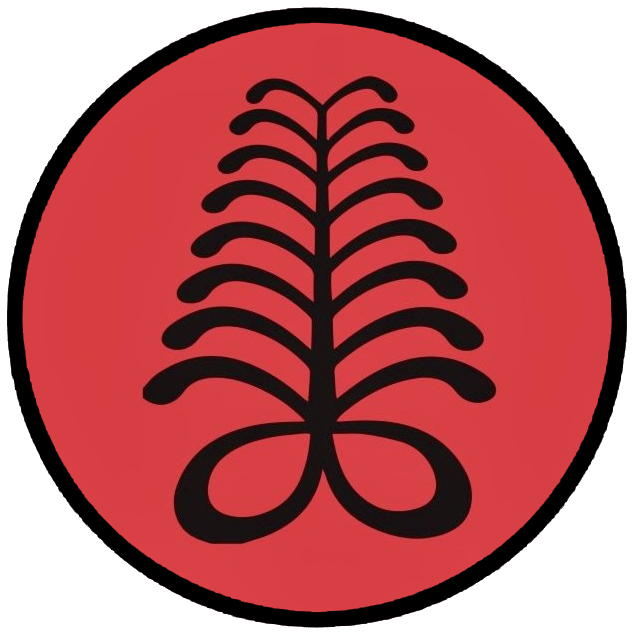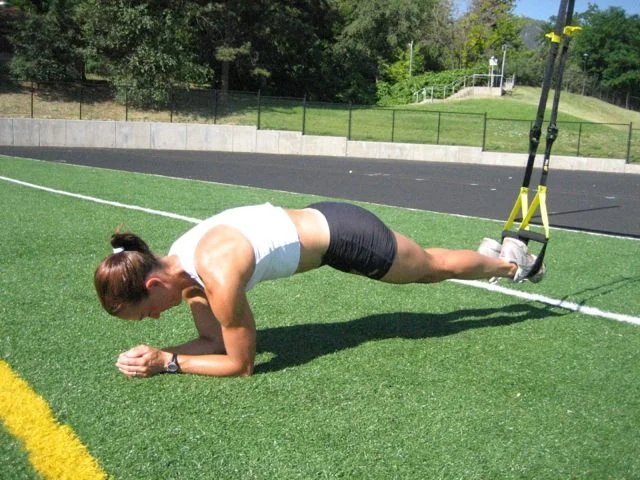The Long Road to Recovery
I recently completed my second half IM of the year and am looking forward to another one in a few weeks. I never forget the road I’ve been down the past three years when I’m out there racing.
At the start of 2008 I was on an easy ride, lost focus for one second and got caught up in a wheel. Before I knew it I was on my ass on the ground. Little did I know that split second of daydreaming would change everything for me.
I had no idea how badly I was actually hurt. I spent a couple weeks in bed. Then I began water walking and some light physio. It would be months before I was cycling and what turned out to be three years before I’d run again.
I got to a point with the injury and the pain that I couldn’t do the simple things anymore: take off my shoe, sit, walk, sleep. I was in a lot of pain. I really wasn’t sure I’d ever actually run again but all I cared about was living life in less pain.
I am very lucky in that I have a very good friend who is an extremely brilliant doctor who was willing to spend the time helping me. The goal at this point wasn’t running, but to get to a state in which I could live life in less pain. In my heart I hoped I’d run again one day, but was I was okay with the reality that running might not happen, so long as I could get some help with the pain.
I started to look very long-term and to focus on what I could do and what I wanted out of my day to day life. Here is some of the process I went through:
Step 1: Swim, rehab
Step 2: Easy cycling and walking, water running waist deep, rehab
Step 3: Swim, walking/hiking/stairs, cycling easy with increased volume, rehab
Step 4: Swim, shuffle there times per week, cycling, rehab
Step 5: Swim, shuffle every second day, cycling with increased intensity, rehab
All through the recovery and rebuilding process if you asked me if there was pain I’d have said say yes, but I believed I had to retrain the muscles, the nerves and the tendons to go through the range of motion and handle the stress. I’d stress things, and then let them recover, over and over again. Most people don’t allow themselves to go slow enough that they are actually shuffling or walking; they either run out of patience or try to go like the person they remember themselves being pre-injury.
I continued to build. All this time thinking there was a possibility that I would never run quicker than a 90-year-old lady pushing a barrel of rocks. It didn’t matter, I was running again and that was more than I ever thought I’d do. I never put a timeline on any one step; I never went faster than my body allowed. I focused on good form. I’d always run alone so I had control of how fast I was going with no pressure. If I had any increase in pain I’d take one more day off and focus on rehab.
When returning from a major setback, I believe in volume first. Get frequency, get volume, get perfect form. Once you can do that with no stress, try to increase cadence and pace.
This is where I found myself at my first half ironman. Wow! Back in an actual race! I didn’t even think I’d ever run again and I was lining up to race. I thought I might be out there for record lengths in slow running and to my surprise I ran close to what I used to before all this started.
Now after my second half of the year and only one year since I sat in my doc’s office talking about only wanting to live pain free, I’m talking about faster run training and race goal times. Totally amazing!
That’s the power of patience. The power of belief. The power of accepting highs and lows. The power of good people in your life. The power of doing what you can to make a change in your life.

